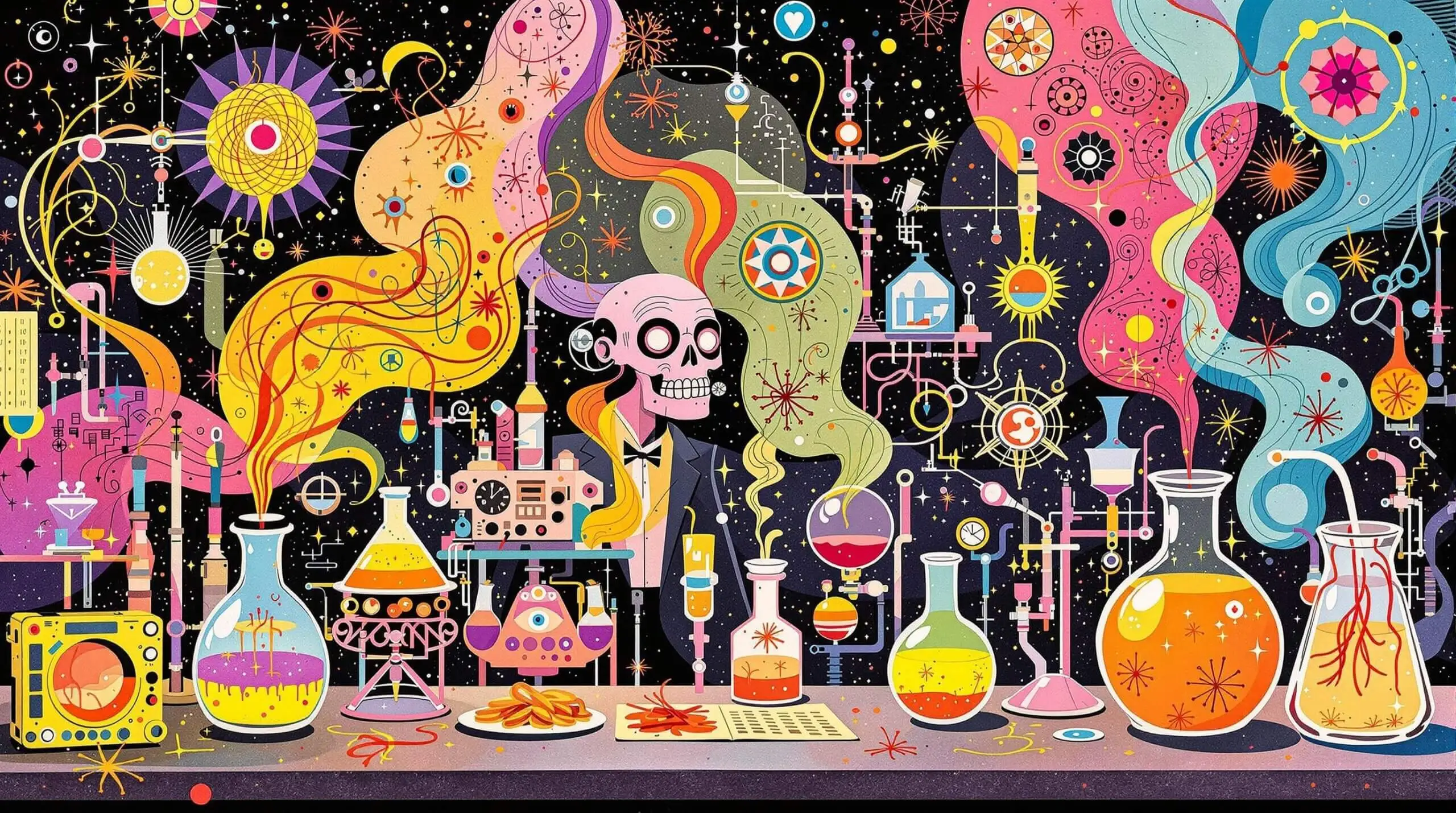The Spice Route: Saffron’s Anti-Aging Potential
Discover the anti-aging potential of saffron and its benefits for maintaining youthful vitality.

Understanding Saffron’s Ancient Origins and Modern Promise
The Historical Significance of Saffron
Saffron, the world’s most expensive spice, has captivated human civilization for over 3,500 years. From ancient Persian medicines to modern scientific laboratories, this golden-red spice continues to intrigue researchers with its potential anti-aging properties. Derived from the Crocus sativus flower, saffron’s steep price tag – often exceeding $5,000 per pound – reflects both its labor-intensive harvesting process and its remarkable biological properties.
The Science Behind Saffron’s Anti-Aging Effects
Recent research has identified key compounds in saffron that combat cellular aging. Crocin and safranal, two primary bioactive components, demonstrate powerful antioxidant capabilities. These compounds neutralize free radicals that damage cells and accelerate aging. Laboratory studies show that saffron’s active ingredients protect against oxidative stress at levels comparable to some synthetic antioxidants.
Current Research and Clinical Evidence
Scientific interest in saffron’s anti-aging potential has exploded in the past decade. Multiple clinical trials have documented its effects on skin health, cognitive function, and cellular regeneration. A 2019 study in the Journal of Clinical Medicine reported that saffron extract significantly improved skin elasticity and reduced wrinkle depth in participants over 12 weeks.

The Biological Mechanisms of Saffron’s Anti-Aging Properties
Cellular Protection and DNA Preservation
Saffron’s impact on cellular aging operates through multiple pathways. Its compounds activate specific genes associated with longevity while suppressing others linked to cellular deterioration. Research shows that saffron extract can protect telomeres – the protective caps on our DNA that naturally shorten with age. This preservation of telomere length is a crucial factor in cellular aging and overall lifespan.
Inflammation and Oxidative Stress
Chronic inflammation accelerates aging at every level. Saffron’s anti-inflammatory properties help combat this process. Studies indicate that regular saffron consumption reduces inflammatory markers in the body, particularly those associated with age-related diseases. The spice’s antioxidant activity is particularly impressive – just a few milligrams can provide significant protection against oxidative damage.
Saffron’s Impact on Age-Related Health Concerns
Cognitive Function and Brain Health
The relationship between saffron and brain health is particularly fascinating. Clinical studies have shown that saffron supplementation can improve memory and cognitive function in older adults. Research published in the Journal of Clinical Psychology found that daily saffron intake enhanced mental processing speed and attention span in participants over 50.
Vision and Eye Health
Age-related vision problems affect millions globally. Saffron shows promise in protecting retinal cells and improving visual acuity. Studies involving patients with age-related macular degeneration reported significant improvements in retinal function after regular saffron supplementation. The spice’s carotenoid compounds appear to strengthen the resilience of eye cells against age-related damage.
Skin Health and Appearance
Saffron’s effects on skin aging are particularly well-documented. Its active compounds stimulate collagen production and protect existing collagen from degradation. Clinical trials have shown improvements in:
- Skin elasticity
- Moisture retention
- Wrinkle reduction
- UV damage protection
- Skin tone evenness
Practical Applications and Usage Guidelines
Optimal Dosage and Safety Considerations
While saffron offers impressive benefits, proper dosing is crucial. Research indicates that 30mg daily of high-quality saffron extract provides optimal anti-aging benefits while maintaining safety. Higher doses don’t necessarily yield better results and may cause adverse effects. Quality matters significantly – authentic saffron from reputable sources is essential for both safety and efficacy.
Integration Methods and Recommendations
Adding saffron to your anti-aging routine requires careful consideration. Here are proven strategies for maximizing its benefits:
- Start with small doses (15mg) and gradually increase to 30mg daily
- Choose standardized supplements from certified manufacturers
- Combine with healthy fats to improve absorption
- Maintain consistent daily intake for best results
- Store properly to preserve potency
- Monitor your body’s response and adjust accordingly
Synergistic Effects and Combinations
Complementary Nutrients and Compounds
Saffron’s anti-aging effects can be enhanced when combined with other natural compounds. Research shows particularly promising results when paired with:
- Vitamin C for enhanced collagen production
- Omega-3 fatty acids for improved absorption
- Curcumin for amplified anti-inflammatory effects
- Green tea extract for increased antioxidant activity
- Resveratrol for enhanced cellular protection
Lifestyle Factors That Enhance Saffron’s Benefits
Maximizing saffron’s anti-aging potential requires a holistic approach. Research indicates these lifestyle factors significantly enhance its effects:
- Regular exercise to improve circulation and nutrient delivery
- Adequate sleep for optimal cellular repair
- Stress management to reduce inflammation
- Proper hydration for better absorption
- A balanced, antioxidant-rich diet
- Limited exposure to environmental toxins
Future Directions and Research
Emerging Studies and Potential Applications
Current research is exploring new applications for saffron in age-related conditions. Promising areas include:
- Neurodegenerative disease prevention
- Cellular senescence regulation
- Mitochondrial function enhancement
- DNA repair mechanism activation
- Stem cell regeneration support
Technological Advances in Saffron Research
New research technologies are revealing more about saffron’s mechanisms of action. Advanced genetic analysis shows that saffron influences multiple longevity-related genes. Artificial intelligence is helping identify optimal combinations of saffron compounds for specific anti-aging applications.
Practical Implementation Tips
- Choose high-quality saffron from reputable sources
- Store in airtight containers away from light and heat
- Start with conservative doses and increase gradually
- Monitor your response to supplementation
- Maintain consistent daily intake
- Combine with a healthy lifestyle for optimal results
- Consider professional guidance for personalized dosing
- Document any changes in health markers
- Be patient – benefits often develop over time
- Stay informed about new research developments
The Future of Anti-Aging Research
The scientific community continues to uncover new aspects of saffron’s anti-aging potential. New studies are examining its effects on telomere length, cellular senescence, and epigenetic modifications. These investigations promise to expand our understanding of how this ancient spice might help extend healthy human lifespan.
Saffron stands out as a remarkable natural compound with significant anti-aging potential. Its well-documented effects on cellular health, inflammation, and oxidative stress make it a valuable addition to any longevity-focused health routine. While more research will certainly reveal additional benefits, the current evidence strongly supports saffron’s role in promoting healthy aging. The key lies in proper usage, quality sourcing, and integration with other healthy lifestyle practices.